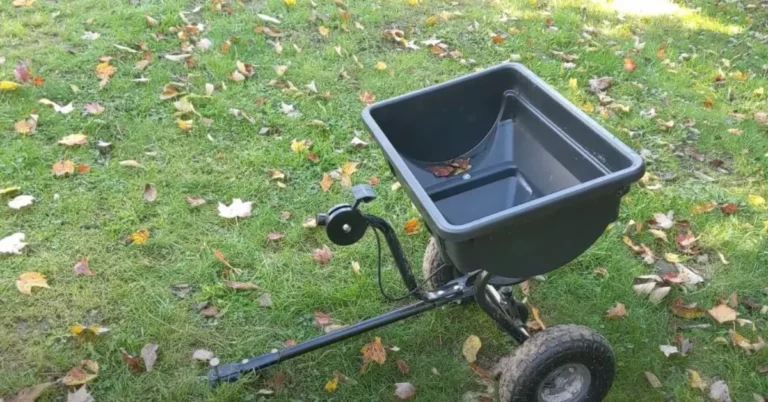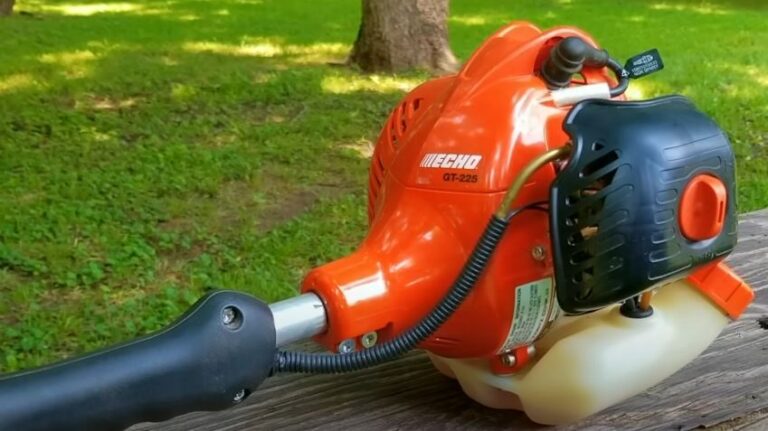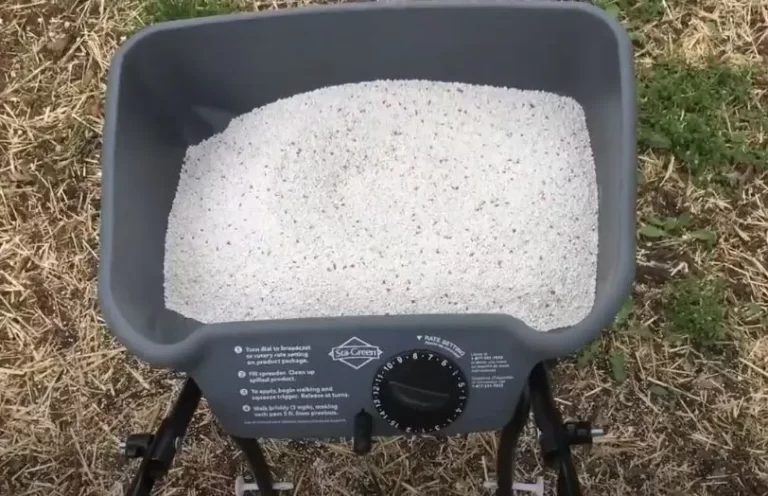Scotts Spreader Settings Conversion Chart – Complete Guide
Scotts Miracle-Gro Company is a well-known brand offering various gardening and lawn care products, including a spreader evenly distributes fertilizers, seeds, and other materials.
However, choosing the correct spreader setting can be confusing. To assist, Scotts has created a spreader settings conversion chart.
This guide will explain how to use the chart, the meaning behind the numbers, and how to adjust it for different products.
The article will be divided into seven parts, each covering a different aspect of the Scotts spreader settings conversion chart.
Scotts Spreader Settings Chart
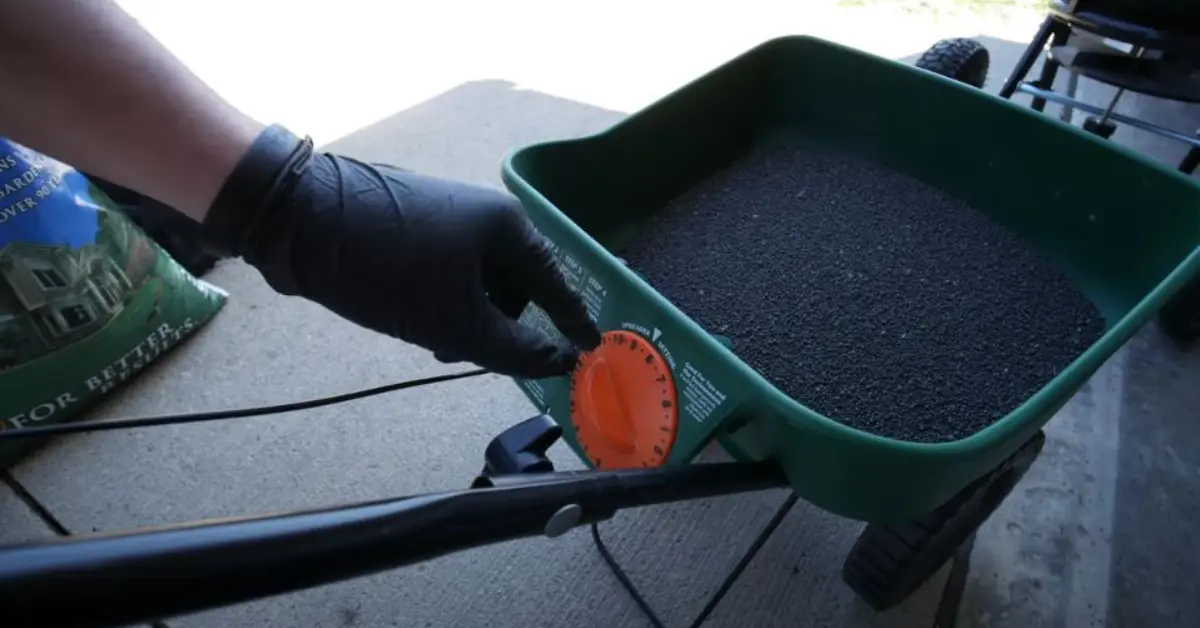
Here is the settings conversion chart for different types of Scott spreaders:
| Product | Rate | Drop Spreader | Rotary Spreader | Handy Spreader |
| Mow It Less | 35-50g/ sqm | 5 | 26 | 5 |
| Cut & Feed Lawn Food | 30g/ sqm | 5 | 26 | 5 |
| Evergreen Complete | 35g/ sqm | 6 | 27 | N/A |
| Evergreen Autumn | 35g/ sqm | 7.5 | 28 | N/A |
| Organic Choice Lawn Food | 35-50g/ sqm | 7.5 – 8.25 | 29.5 – 31.5 | 5 |
To use this conversion chat, there are several things you should know, including how to apply these settings on your spreader, what to avoid while applying these settings, and some tips for proper maintenance of your spreader.
All of these aspects are going to be covered further in the article.
Also Read: Lesco Spreader Settings (Achieving a Perfect Lawn)
Understanding the Scotts Spreader Settings Conversion Chart
This Chart will help users know the appropriate spreader setting for different products, such as grass seed or fertilizer.
The chart is organized into columns for different spreader types and rows for various products.
Each cell in the chart displays a number representing the recommended spreader setting for that specific spreader type and product.
It is important to remember that the spreader settings on the chart are recommendations only and may require adjustments based on factors such as lawn size, spreader type, and product density.
Additionally, the Scotts spreader settings chart has a ‘Rate’ section for modifying the spreader setting based on the user’s walking speed.
How do I adjust my Spreader According To The Settings Conversion Chart?
There are three types of spreaders, i.e.,
- Scotts Drop Spreader
- Scotts Rotatory Spreader
- Scotts Handy Spreader.
1. Scotts Drop Spreader

If you have a medium-sized lawn and a Scotts spreader, here’s what you need to do to take care of your grass:
- Cut the grass shorter.
- Apply fertilizer to the grass.
- Adjust the spreader dial to 5 to spread 30 grams of fertilizer per square meter.
If you want to use evergreen fertilizers or organic alternatives, adjust the spreader settings to 7.5.
For more organic choices, you can set the dial to 8.25.
If you’re using Evergreen specifically, dial 6 to deliver 30 grams of fertilizer.
The Scotts drop spreader settings don’t exceed 9, so it’s best for gardens the same size as yours.
2. Scotts Rotary Spreader
If you have a big garden, you might want to use the Scotts rotary spreader.
The conversion table for this spreader is almost the same as the one for the Scotts spreader.
When you use the rotary spreader, you need to set it to the “mow it less” function and adjust the settings to 26 to get 30 grams of fertilizer per square meter.
Make sure you mark a large area before you start.
If you’re using organic fertilizer, you should set the spreader to 29.5 (the maximum is 31.5).
Using the rotary spreader is a good idea if you have a big garden because it works faster and you can load it with more product.
3. Scotts Handy Spreader
The Handy Spreader is a portable, hand-held tool that’s good for small lawns.
The conversion rate for this spreader is similar to Scott’s basic spreader settings chart, but it might not work for all types of products.
Only choose this spreader if you have a small garden because it won’t be easy to use for bigger gardens.
By making the necessary adjustments to the spreader setting for different types of products, you can ensure accurate and even coverage when applying Scotts products to your lawn or garden.
Also Read: Scotts Edgeguard Spreader Settings? (Best Settings 2023)
Common Mistakes to Avoid When Using the Scotts Spreader Settings Conversion Chart
To make the most of the Scotts Spreader Settings Conversion Chart when applying Scotts products to your lawn or garden, it’s important to be careful of certain errors that can compromise the accuracy and effectiveness of your application.
Below are some tips on how to avoid these errors:
1. Lack of calibration
While the recommended spreader setting can be helpful, it’s crucial to calibrate your spreader for precise application.
Follow the manufacturer’s instructions to calibrate your spreader before use.
2. Over-application
Applying too much product can be costly and cause damage to your lawn or garden.
Adjust the spreader setting according to the type and density of the product to avoid over-application.
3. Inconsistent walking speed
If you plan to adjust the spreader setting based on your walking speed, maintain a consistent pace throughout the application.
Walking slowly can lead to over-application while walking too slowly can lead to over-application.
4. Ignoring product differences
It’s important to adjust the spreader setting for each product based on its unique characteristics.
Make sure to adjust the spreader setting according to the type and density of the product.
By following these tips, you can achieve the best possible results when using the Scotts Spreader Settings Conversion Chart to apply Scotts products to your lawn or garden.
Also Read: What’s the Best Weed Eater String Size? [How to Select the Right One]
Tips for Maintaining Your Spreader for Accurate and Even Application

Proper maintenance of your spreader is important for achieving precise and uniform application of Scotts products on your lawn or garden.
Here are some helpful tips for maintaining your spreader:
Cleaning the spreader after each use: It’s important to clean your spreader thoroughly after each use to avoid any buildup from prior applications that could affect the accuracy of future applications.
Storing the spreader appropriately: Store your spreader in a covered and dry area to prevent rust and corrosion. Also, ensure that it is out of reach of children and pets.
Regularly calibrating the spreader: It’s essential to calibrate your spreader frequently, even if you use the recommended spreader setting from the chart.
Follow the manufacturer’s instructions for calibrating your specific spreader.
By following these maintenance tips, you can ensure the precise and even application of Scotts’ products on your lawn or garden.
Frequently Asked Questions (FAQs)
Can the Scotts Spreader Settings Chart be used for non-Scotts products?
The Scotts Spreader Settings Conversion Chart is exclusively intended for use with Scotts products.
While it may seem feasible to use it for non-Scotts products, it is not advisable.
It is advisable to refer to the instructions from the manufacturer or seek the advice of a lawn care specialist for information on spreader settings for non-Scotts products.
How often should I calibrate my spreader?
To ensure accurate and even application, it’s important to calibrate your spreader regularly, especially at the beginning of each season and after any repairs or adjustments.
If you notice any irregularities in your application, it’s recommended that you calibrate your spreader.
For specific guidance on calibration frequency, always refer to the manufacturer’s instructions for your spreader.
Conclusion
The Scotts Spreader Settings Conversion Chart is essential for promoting flourishing lawns and gardens.
By sticking to the advised spreader settings, you can use Scotts products precisely and uniformly, resulting in a healthy lawn or garden.
Please ensure that you follow the safety guidelines and manual instructions to do the job perfectly.
At the same time, avoid human mistakes that can cause health and financial danger.

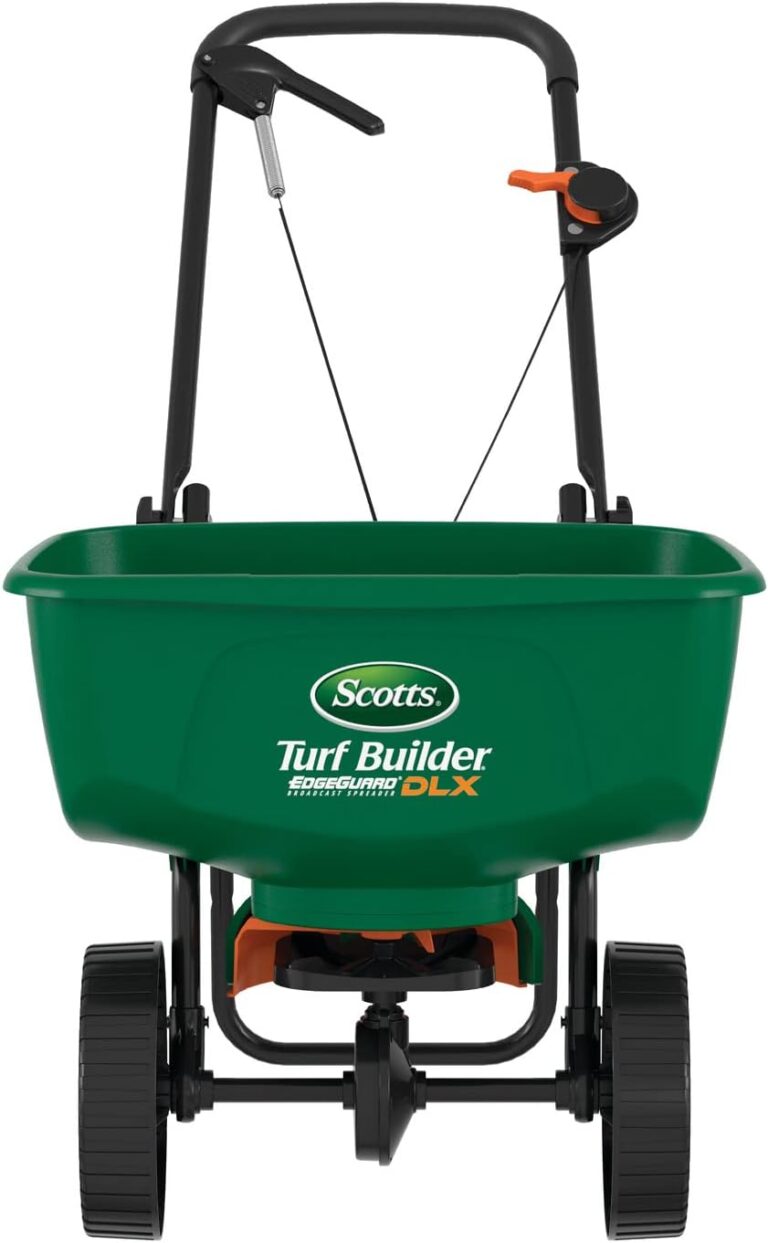
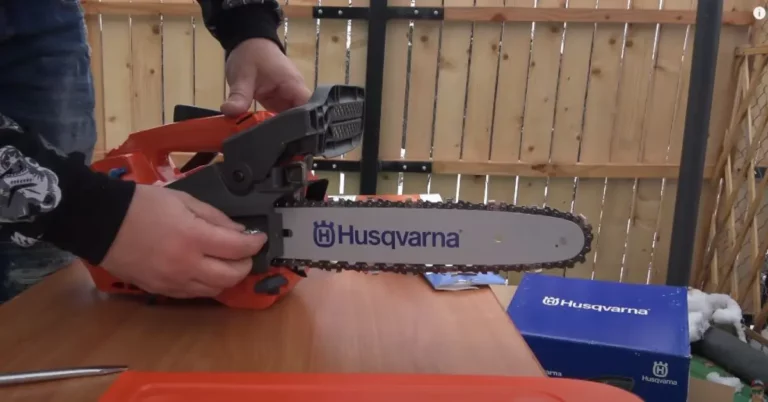
![Why Stihl Weed Eater Won't Stay Running [Reasons & Solution]](https://yardcurator.com/wp-content/uploads/2023/05/Why-Stihl-Weed-Eater-Wont-Stay-Running-.webp)
